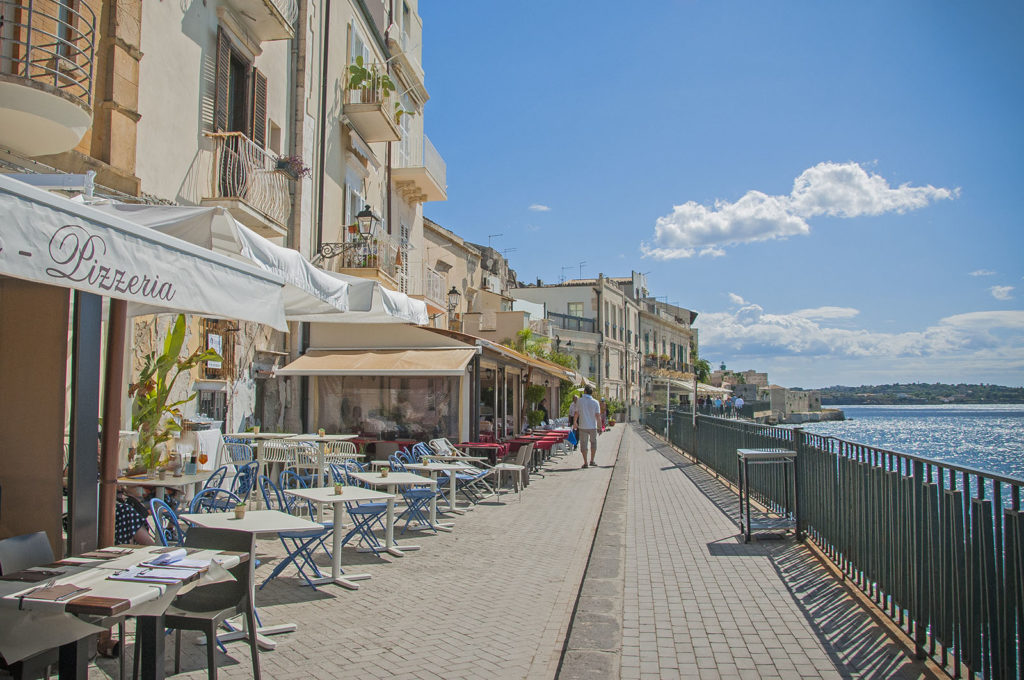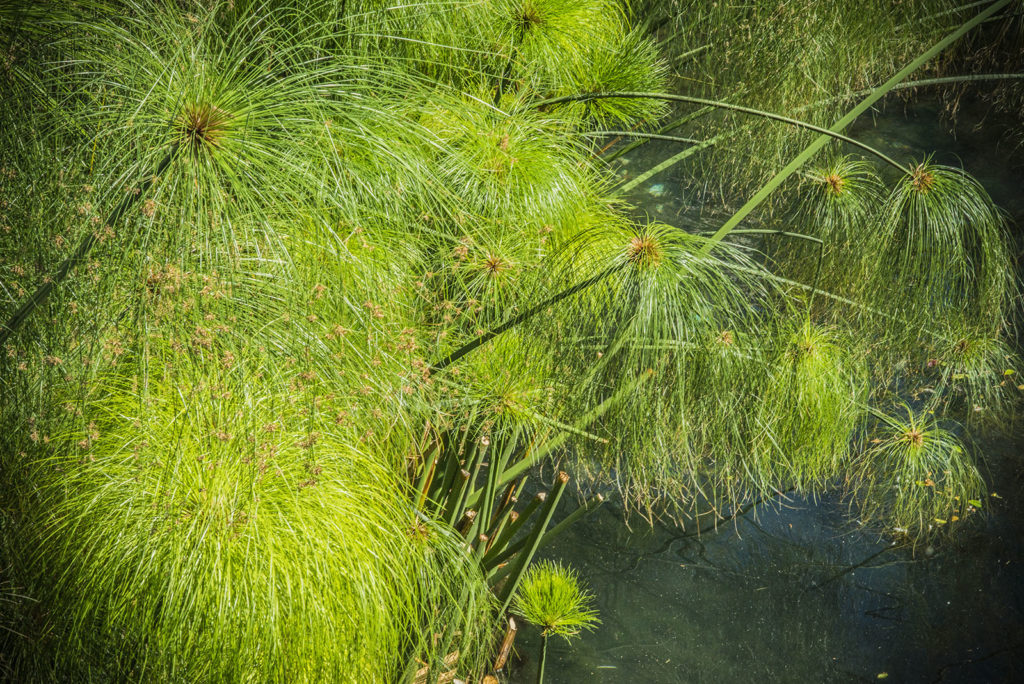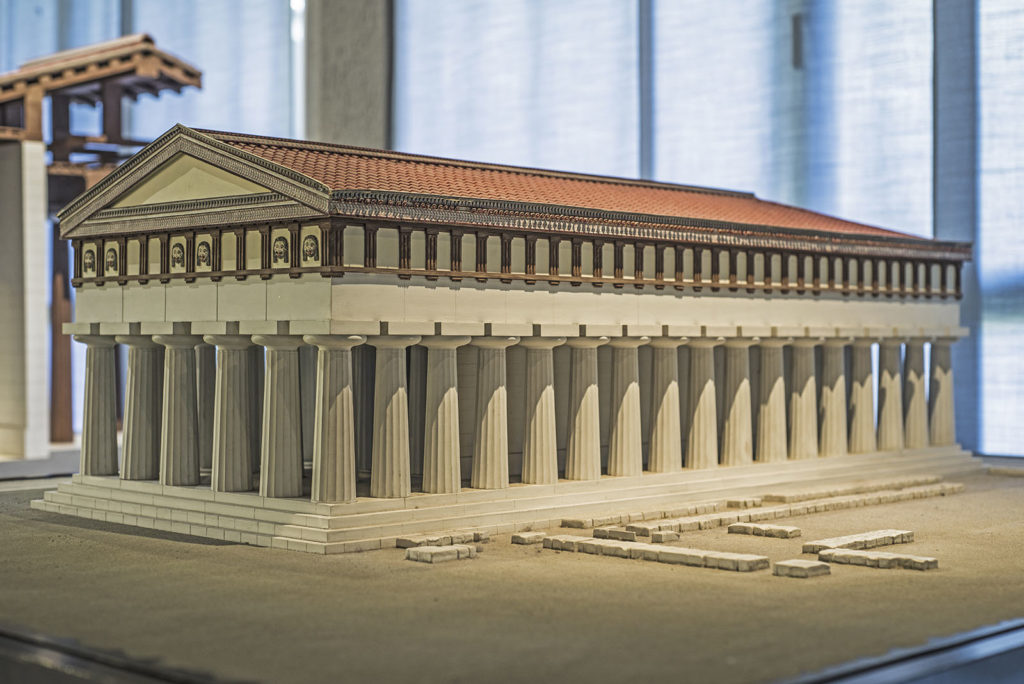A place like Ortygia, a small island surrounded by water, can only be associated with the smell of the sea.
An aroma of freshness fills the nose of those who come to this land, mixed with the odours of salt, seaweed and fish. Essences that evoke strong feelings and abstract ideas: travel, adventure, summer and the wind.

Among the waters of the Fountain of Arethusa you can spot the papyrus plant: an aquatic plant that comes from Egypt.
Papyrus plants have a thin, hard and woody stem. Inflorescences with a radius from 10 to 30 centimetres stick out from the stems, carrying strawcoloured spikes.
If you pass your hand over the dense plant, these numerous threadlike branches appear soft and feathery.
On the days when the city’s patron saint, St. Lucy, is celebrated, a table in Syracuse is not complete without the cuccìa: a typical Sicilian dessert made with boiled wheat and sheep’s milk ricotta or white or chocolate cream.
These ingredients are combined with candied fruit, cinnamon, chocolate chips and grated orange rind.

In ancient times, Greek temples did not only have the pale marble and the surface of terracotta that we see today, a result of the passing of centuries.
These buildings were originally decorated with bright colours obtained with cinnabar, ochre or mercury sulphide, and many other colours already known and used in antiquity.
The decorations of the sacred temples were exquisite and complex, with geometric, braided and petal motifs.
